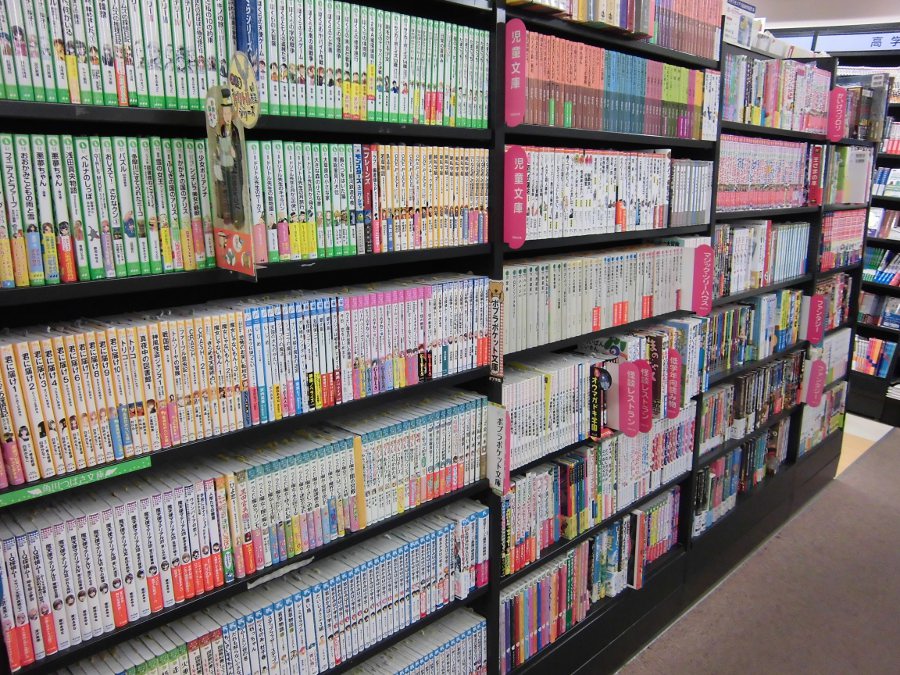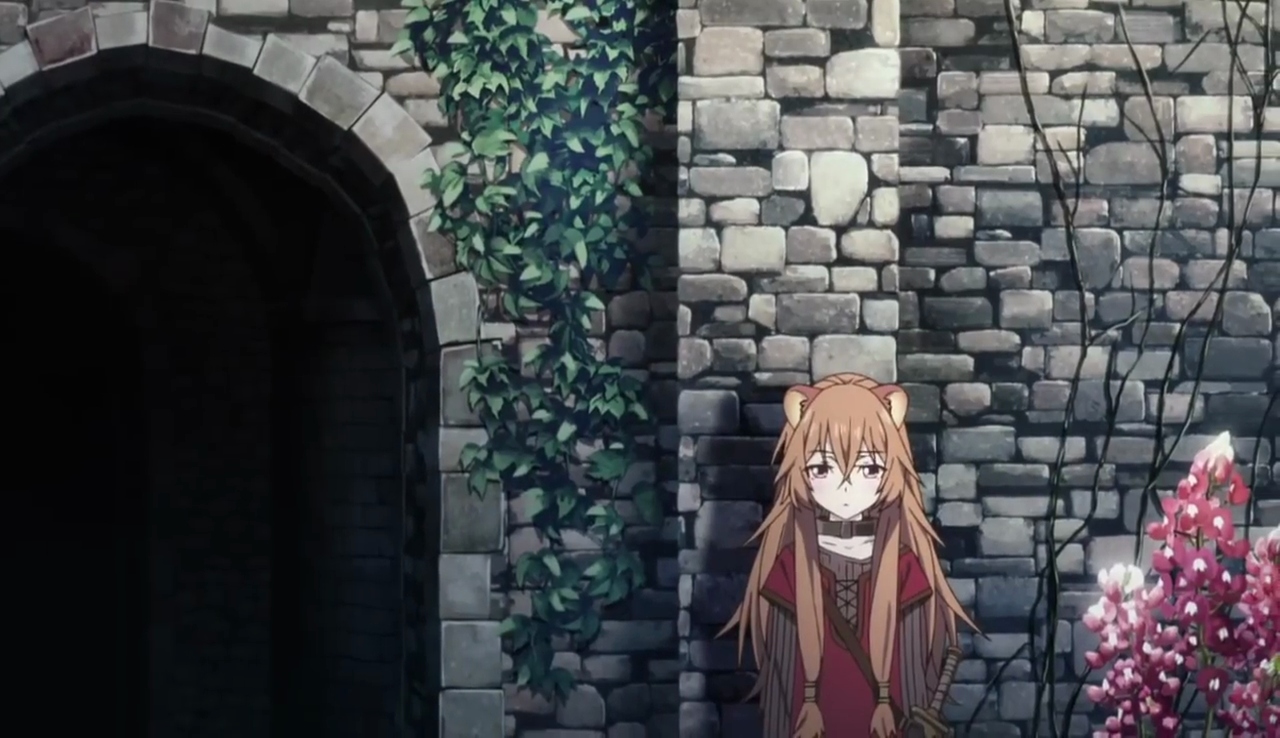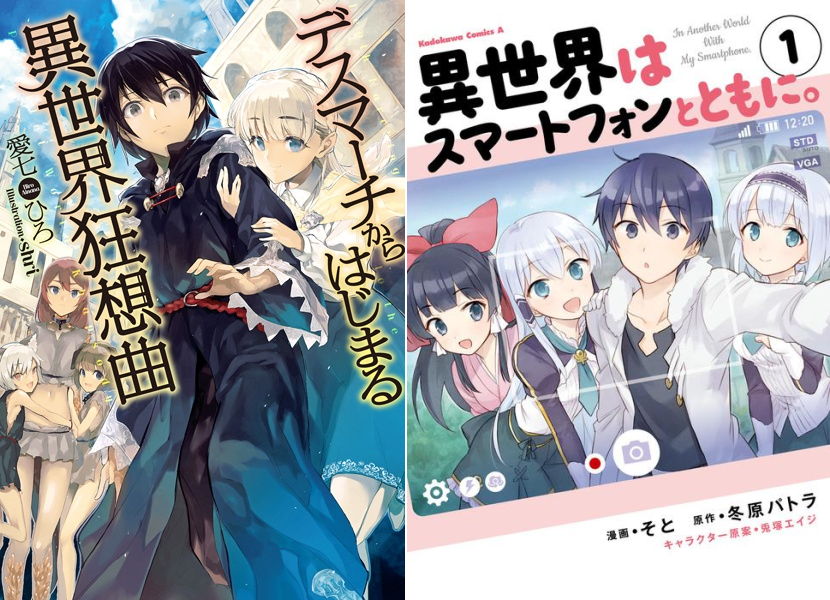Light Novels are Killing Anime
A seemingly ever increasing number of annual anime productions are adaptations of Japanese light novels. Anime productions have frequently been adaptations of other media from the outset of the modern anime era in 1963, so the adaptation of light novels that began in the mid 1980s should be no surprise to anyone. However, Japan’s contemporary voracious demand for light novels has created fostered an unavoidable emphasis on production speed and quantity supplanting quality. Writers including NisiOisiN literally churn out complete prose novels as quickly as one per month. Best selling light novels such as Aneko Yusagi’s “Shield Hero” series are plagued by plot holes, retcons, contradictions, and narrative errors because the books are rushed first draft compositions hurried to market with minimal editorial input. And these sloppily written flawed manuscripts sell millions of copies to non-discriminating Japanese readers and end up getting anime television series adaptations.
From the 1960s through the 1990s, as much as anime was a commercial art, it was also frequently characterized by a thoughtful, personal touch. Vampire Hunter D and Yoju Toshi exuded the gothic sensuality of Hideyuki Kikuchi’s prose. Crusher Joe and Dirty Pair felt very much like characters Haruka Takachiho loved. The Legend of the Galactic Heroes series demonstrated author’s Yoshiki Tanaka’s deliberation to envisioning a massive galactic epic. Tenchi Muyo felt like Masaki Kajishima’s personal epic fantasy. However, especially nowadays anime based on light novels too frequently feel either tremendously redundant and derivative or frustratingly slapdash and careless. Kaya Kizaki’s Dragon Crisis is a role & gender reversed remake of Noboru Yamaguchi’s Zero no Tsukaima. Sagu Aoyama basically rewrote his own Ro-Kyu-Bu! light novel series as Tenshi no 3P by just swapping out one hobby for another. Mamare Touno’s Log Horizon feels like an effort to rewrite Reki Kawahara Sword Art Online with a different emphasis. At least in initial scenario Izuru Yumizuru’s IS
The bigger problem than redundancy and derivation is the negligence of the writing prominently characteristic of contemporary Japanese light novels, which is bleeding into anime. “Anything goes” was the unspoken motto of the creative golden age of anime because anime like Battle Royal High School, Ai City, Genma Taisen, Urusei Yatsura, Samy Missing 99, and Elf-17 were batsh*t crazy. However, in today’s light novel adaptation anime, events occur not because animators were uninhibited and wildly, playfully creative but rather just because contemporary authors are careless and lazy. In the first episode of this season’s Grancrest Senki, based on light novels by Ryo Mizuno, the demon lord abruptly appears then disappears for no other reason than because the author decided so. And a regional lord tries to stop the travels of the protagonist for no other reason than because the story needed an action scene. In the first episode of the Death March kara Hajimaru Isekai Kyousoukyoku anime adaptation, the protagonist wakes up in a video game world. How he got there is completely ignored. Even the 2000 Kyo Kara Maoh! light novel series at least came up with the absurd explanation of the protagonist falling through a magical toilet and ending up in a fantasy world. Even a goofy explanation is better than no explanation whatsoever. Then a mob of monsters locate and attack the protagonist strictly so he can arbitrarily defeat them and instantaneously level up. These plot developments don’t make any sense. They have no logical or narrative explanation, context, or justification. In the first episode of Märchen Mädchen, based on Tomohiro Matsu’s light novels, protagonist Hazuki finds a magical tome in her backpack. It appears there without any explanation whatsoever because it’s strictly an arbitrary authorial manipulation. Rather than bother to compose a logical, believable scenario, sh*t just happens because the author says it does. As a result, these stories aren’t believable. They’re not immersive because they have no intrinsic rules or logic. But spending time writing explanations and creating believable scenarios requires time and effort that contemporary light novel authors seemingly can’t afford. The perspective of writers, editors, publishers, and studios may be that the details don’t matter as long as the redundantly familiar action kicks into gear quickly. But at least for me, much of the appeal of anime has always been in the details, in the personal considered artistic sensibilities of authors & creators. When authors take cheap shortcuts because they just don’t care about the nuances and details, I find myself having trouble caring about their characters and stories.
Add a Comment
You must be logged in to post a comment.






I don’t think that your title suits your opinion column well. Badly written (in haste) light novels do not mean that in the end anme will die. I feel that anime is published whether it is good or not, not really caring whether it makes sense or not. Anime production companies (oligopolies and monopolies in my opinion) aren’t interested in the essence or the meaning in the light novels and stories they produce to anime. They probably think that by giving the customers choice (a myriad/multiverse of choice) that the customers will eventually be the ones to decide whether or not the series are good or not. There is freedom of choice in this chaos of light novels and anime. But there are also big problems.
Before, when producing anime was expensive and there was a limited market (number of channels that would/could broadcast them), these producers and broadcasters would try to choose only the best stories, best authors, and only those chosen would be made. Now, with so many people able to produce, author, publish, illustrate, etc. there are virtually no limits to what can be published/produced or sold. This said, the majority of light novels and series produced and published today are bad copies of other works, not abiding the copyrights, trademarks or patents that were registered beforehand. This is a problem in the legal sense.
But I feel there is a bigger problem in the ethical/education/essence sense. What are these “bad copies” of previous light novels, series, anime trying to say? What messages are they actually leaving the customers? (readers, watchers, etc.)
There are a lot of light novels, series, anime that promote crimes to underage kids. There are a lot who promote crimes done to underage kids. This is a crime and a violation of the universal human rights declaration everywhere on Earth and beyond. And yet, series like Mushoku Tensei (Jobless Reincarnation by Rifujin na Magonote) promote statutory rape, rape, incest, sexual assault, etc. of the main character to secondary characters in this light novel that get promoted in the anime series as well and even promote an “uncensored version” of the anime that shows how the main character trafficked with child pornography (before he died) and then used to watch his “tutor” masturbate while watching his “parents” having sex as a young reincarnated boy.
Because no one is really controlling the light novel/web novel/ anime markets, anything and everything is being read and seen. In the U.S., Canada and Japan (who have the same laws that prohibit crimes done to kids and promoting them to kids) Nothing is being done to control, fine or prosecute the authors, publishers and producers of these light novels, web novels and anime series. There is an exception, in Communist China today, there is a severe censorship law that prosecutes lewd acts, lewd language and pornography, This law prohibits religion and opinions that counter the government as well.